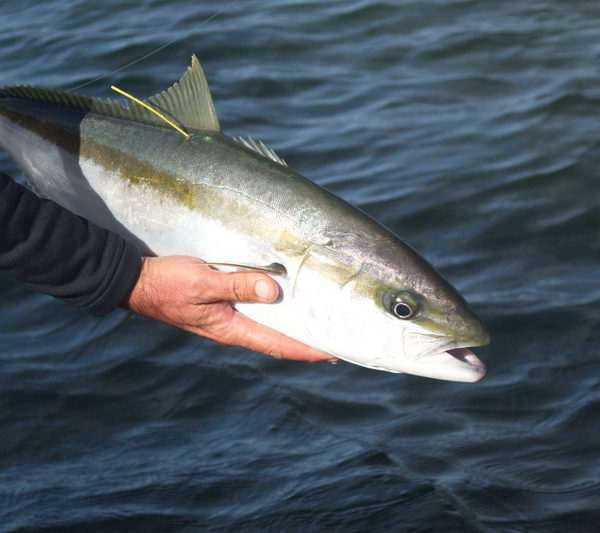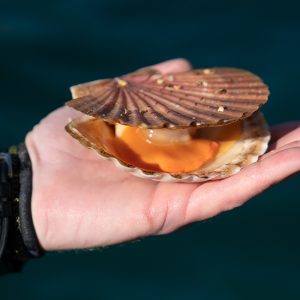New Zealand has a world class yellowtail kingfish fishery. Out of the 37 International Game Fish Association claimed world records for southern yellowtail, 35 have been captured in New Zealand and two captured in Australia.

Popular with travelling international fishers, they are also a highly prized sport fish for Kiwis. The economic and social value of kingfish is high and so it is in our best interests to understand and adopt best practice principles when catching and releasing kingfish.
Although the legal limit for kingfish is three fish, many fishers elect to not kill this many. The minimum legal size is 75cm, which is about a 6kg fish.
If you choose to release a kingfish after capture, its chances of survival is dependent on what method was used to catch it, how long it fought for, how it was handled and how it was released.
For these reasons it’s important to understand from the beginning what techniques will improve the survival of kingfish once released. Lures, live baits and well-presented dead baits are the most popular techniques employed to target kingfish.
Fishers need to respect this powerful fish and use suitably heavy tackle as they have a well-known reputation for breaking gear, cutting lines on underwater obstacles and quickly escaping. While leaving fishers in a state of awe when this happens, it can sadly lead to the kingfish’s demise.
If a fish is carrying around terminal tackle it will impede their ability to feed and could hinder the evasion of predators. 24kg-37kg mainline is a good choice as line lighter than this may result in longer fight times, reducing the chances of survival due to shark attack or succumbing to exhaustion. There are some exceptions such as fly fishers sight fishing for smaller specimens in clear, shallow water.
Here’s some tips to consider:
- Tie strong and reliable knots.
- Use a strong leader.
- Use a suitably strong and well maintained rod and reel.
- Use lures, knife jigs, top water or trolling lures. Single hooks only.
- Use non-offset circle hooks when live-baiting.
- If releasing the fish minimise the time it spends out of the water.
- If photographing the fish have your camera handy, click and quickly release or iki.
Visit FishCare – The school of best practice. www.fishcare.org.nz





